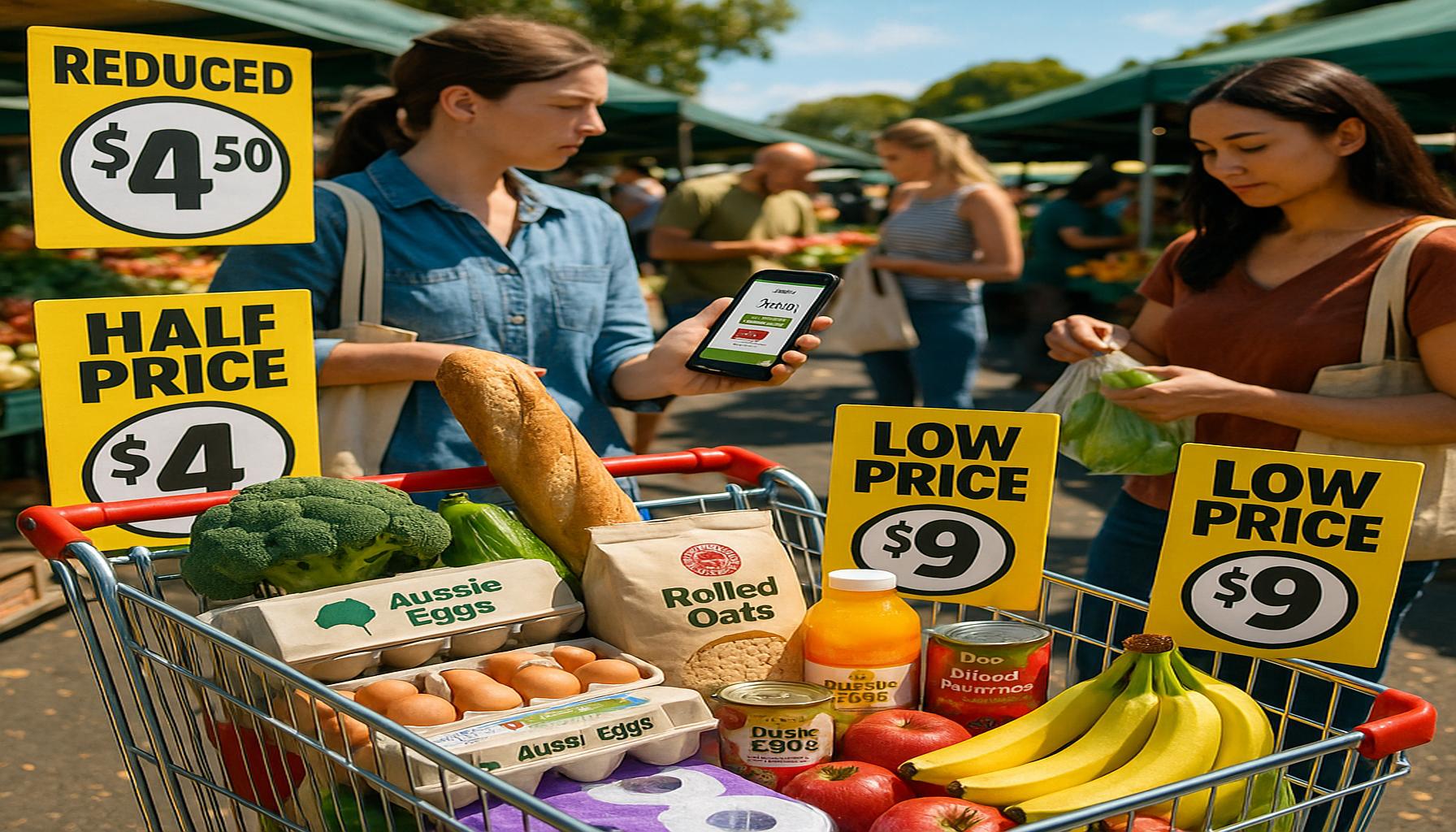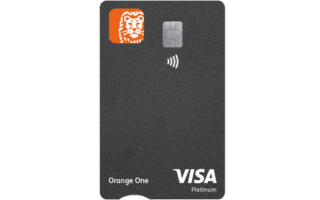Tips for Saving on Everyday Shopping in Australia

Maximizing Your Shopping Efficiency in Australia
In the context of the Australian economy, where everyday expenses can dramatically affect your financial stability, refining your shopping strategies becomes increasingly crucial. With various factors driving the cost of living higher—such as inflation, housing costs, and recent supply chain disruptions—making intelligent purchasing decisions can not only alleviate financial stress but also enhance your overall lifestyle. By adopting proactive shopping techniques, you can navigate this challenging landscape and ensure that your financial resources are allocated effectively.
To start your journey toward financial empowerment through savvy shopping, consider the following approaches that cater specifically to the Australian consumer market:
- Budget Wisely: A well-structured budget serves as the foundation of prudent financial management. Begin by documenting your monthly income and expenses, categorizing expenditures into essentials like groceries, utilities, and discretionary spending. Put a cap on each category to avoid overspending, and diligently track your purchases to enforce adherence to your budget. This strategy not only reduces impulse buying tendencies but also encourages mindful spending on necessities.
- Utilize Coupons and Discounts: In Australia, numerous retailers offer a range of coupons, promotional sales, and loyalty programs that can lead to considerable savings. Websites such as ShopBack and Honey can help you locate online discounts that might otherwise go unnoticed. Furthermore, many supermarket chains, like Woolworths and Coles, offer weekly catalogues that highlight current deals, making it easier to plan your shopping around sales.
- Buy in Bulk: Purchasing items in bulk can result in significant savings over time, especially for non-perishable goods such as rice, pasta, and canned vegetables. Retailers like Costco and local warehouse outlets provide bulk purchasing options that often yield lower per-unit costs. Before committing, calculate the shelf life and consumption rate to avoid wastage, ensuring that your bulk purchases genuinely translate into savings.
- Compare Prices: With the advent of technology, comparing prices has never been easier. Leverage apps like AusPrice and websites like PriceHipster to check prices across various retailers, ensuring that you’re not only getting the best deal but also verifying the quality of products. This approach fosters a competitive market, prompting retailers to offer better deals.
Implementing these strategies diligently can result in remarkable savings, allowing Australian consumers to navigate the rising cost of living with confidence. Adapting your shopping habits to become more conscious and informed is not just a trend; it is becoming an essential practice for sustainable financial health. Ultimately, being proactive in managing household expenditures can transform your shopping experience, leading to greater comfort and security in your financial situation.
CHECK OUT: Click here to explore more
Effective Strategies for Smart Shopping in Australia
Understanding and maximizing your shopping efficiency is essential in today’s economic climate, especially in Australia, where cost issues can arise unexpectedly. To combat the financial pressures associated with everyday shopping, you must employ strategic techniques that allow you to spend judiciously without sacrificing quality or convenience. Below are key strategies that can effectively reduce your shopping costs while ensuring that your household needs are met:
- Leverage Local Markets: Embracing local farmers’ markets can yield fresh produce at significantly lower prices compared to supermarkets. Many communities across Australia host weekly markets, such as the famous Sydney Farmers Market or the Queen Victoria Market in Melbourne. These markets offer seasonal fruits and vegetables, artisanal products, and locally sourced goods. By purchasing directly from producers, consumers eliminate middlemen costs, resulting in substantial savings. In addition to cost benefits, shopping at local markets fosters a sense of community and promotes sustainability by reducing the carbon footprint associated with transporting goods over long distances.
- Plan Your Meals: Meal planning is a crucial component of cost-effective shopping. By organizing your weekly meals, you can create detailed shopping lists that help prevent impulse buys and unnecessary purchases. For instance, if you plan to cook a week’s worth of dinners featuring chicken, vegetables, and grains, this targeted approach ensures that you only buy what you need. Not only does this practice reduce food waste—a significant issue in Australia where nearly 20% of all food ends up in landfills—but it also helps streamline your cooking process, allowing for a more efficient use of both time and resources.
- Seasonal Shopping: Engaging in seasonal shopping involves capitalizing on goods that are in peak supply during specific times of the year. In Australia, for instance, buying summer fruits, such as mangoes and cherries, during their harvest period can lead to lower prices and higher quality. Familiarizing yourself with the seasonal availability of produce through resources such as the Australian Seasonal Produce Guide can not only lead to considerable savings but also enhance your diet with fresh, healthful ingredients. Choosing in-season foods can also contribute to a more varied meal plan, making mealtimes enjoyable and nutritious.
- Take Advantage of Price Matching: Numerous retailers across Australia offer price matching policies. This means that if you find a lower price elsewhere on the same item, the retailer will match it. This strategy can be particularly effective for purchasing electronics, household appliances, or other major items where price discrepancies often occur. For example, if you notice a television priced lower at another retailer, simply bring printed information or a screenshot of the price to the store where you intend to make your purchase. Always remember to carry proof of the lower price when requesting a match at checkout, as policies can vary significantly by retailer.
Integrating these strategies into your shopping habits not only promotes financial prudence but also enhances overall satisfaction with your purchases. By intentionally assessing your spending practices and making informed decisions, you can mitigate the stress associated with rising expenses while simultaneously improving the quality of your shopping experience in Australia. Each of these tips is designed to give you a competitive edge in a challenging economic landscape, ensuring that your financial well-being is safeguarded. Remember that consistent application of these strategies can lead to substantial savings over time, allowing you to allocate funds to other essential areas of your life.
SEE ALSO: Click here to read another article
Additional Techniques for Maximizing Savings
Incorporating diverse methods into your shopping routine can tremendously amplify your savings, ensuring you remain within budget while obtaining high-quality goods. As the cost of living in Australia continues to rise, adopting a multi-faceted approach to savings becomes increasingly imperative. Here are further techniques that can assist in lowering your expenditures while maintaining a well-rounded shopping experience:
- Utilize Cashback and Loyalty Programs: Many retailers in Australia offer cashback incentives that reward your purchasing decisions. By enrolling in these programs, such as Flybuys or Cashrewards, you can accumulate points for every dollar spent. These points can later be redeemed for discounts or gift cards, effectively reducing your future shopping bills. Additionally, loyalty programs often provide exclusive promotional offers or early access to sales, allowing you to take advantage of savings before they are available to the general public. Make it a habit to check for eligibility and rewards accumulation before and after making purchases, as this can lead to significant financial benefits over time.
- Shop with a List and Stick to It: While it may seem straightforward, shopping with a list can be incredibly effective in mitigating unplanned expenses. Preparing a detailed list before leaving your home not only helps in organizing your thoughts but also reduces the temptation to purchase non-essential items. Research indicates that consumers who shop with a list are less likely to make impulse buys, overall leading to improved budgeting outcomes. Moreover, combining this practice with meal planning can further streamline your shopping experience and enhance your financial efficiency.
- Take Advantage of Online Shopping: The rise of e-commerce offers Australians the flexibility of comparing prices with minimal effort. Online platforms, such as Amazon or Catch.com.au, frequently host flash sales and limited-time discounts. Furthermore, using price comparison websites can help identify the best deals available across various retailers. By regularly checking for online promotions and subscribing to newsletters, shoppers can stay informed about sales events and exclusive online discounts. However, always be cautious of shipping fees that can detract from your savings, as well as the potential for impulse buying when browsing online.
- Implement Bulk Buying: Certain items like non-perishables, personal care products, or household supplies can be more economical if purchased in bulk. Retailers like Costco or local wholesalers provide discounts when items are bought in larger quantities. While bulk buying is particularly advantageous for long-lasting products, it’s essential to ensure that you will utilize them before their expiration. Forming a co-operative purchasing group with friends or family can also help in sharing costs and reducing the financial burden associated with larger purchases.
- Research Coupons and Promotions: Dedicate a small amount of time each week to search for coupons and promotions specific to the stores you frequent. Many supermarkets and retailers offer both digital and physical coupons, which can lead to significant savings on regular purchases. Websites and apps dedicated to showcasing discounts are valuable resources for finding money-off vouchers that can be redeemed at checkout. Consider signing up for store-specific newsletters to receive updates on upcoming promotions delivered directly to your inbox.
By applying these additional techniques, Australian consumers can further enhance their shopping strategies, leading to notable cost reductions. Being proactive and informed about savings opportunities not only improves individual and household financial health but also empowers consumers to make choices that align with their budgetary goals. The cumulative effect of these strategies can result in significant annual savings, enabling shoppers to redirect funds towards more meaningful experiences or essential services, fostering a strong economic outlook amidst fluctuating market conditions.
SEE ALSO: Click here to read another article
Conclusion
In the current economic landscape of Australia, finding ways to save on everyday shopping has become increasingly important for consumers aiming to manage their budgets effectively. By implementing the strategies outlined in this article, shoppers can significantly reduce their expenses without compromising on the quality and variety of products they purchase. Utilizing cashback and loyalty programs, adhering to a specified shopping list, embracing online shopping, and considering bulk purchasing are all proven methods that contribute to substantial savings.
Additionally, dedicating time to research coupons and promotions can elevate overall savings while enhancing the shopping experience. It is essential to remain proactive and informed, as the cumulative impact of these strategies can lead to noticeable annual savings. Not only do these techniques improve financial well-being, but they also empower shoppers to make informed choices that align with their financial goals.
As you navigate your shopping journey, remember that small behavioral changes can create significant financial benefits. With careful planning and a commitment to seeking out savings opportunities, Australian consumers can build a resilient approach to budgeting, ultimately allowing for greater investment in other meaningful aspects of life, whether that be experiences, savings, or essential services. Embracing these practical tips will not only enhance your purchasing power but also contribute positively to the broader economic environment.

Beatriz Johnson is a seasoned financial analyst and writer with a passion for simplifying the complexities of economics and finance. With over a decade of experience in the industry, she specializes in topics like personal finance, investment strategies, and global economic trends. Through her work, Beatriz empowers readers to make informed financial decisions and stay ahead in the ever-changing economic landscape.






